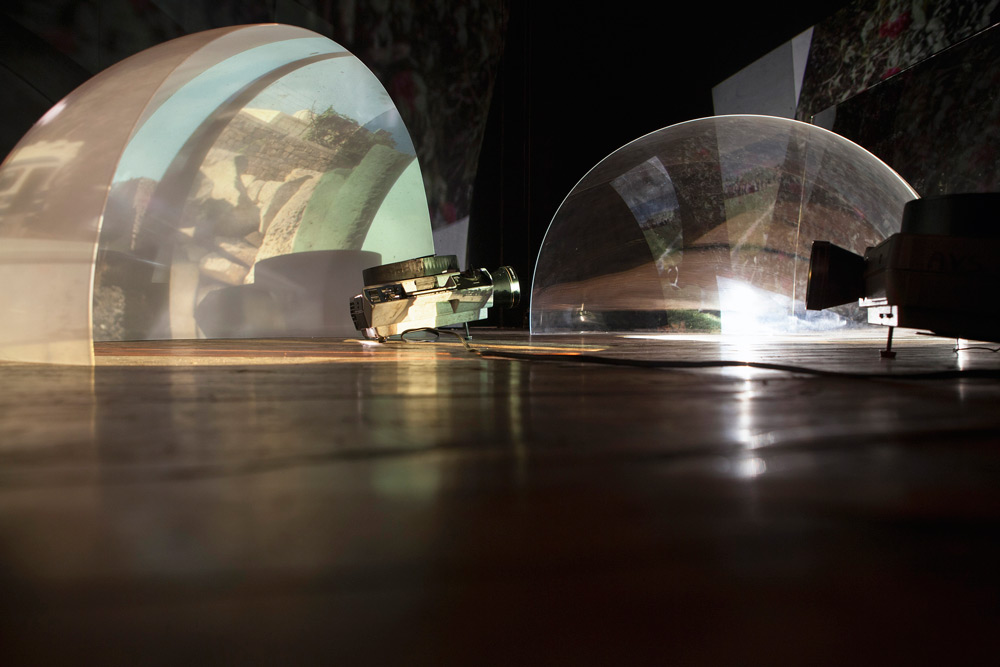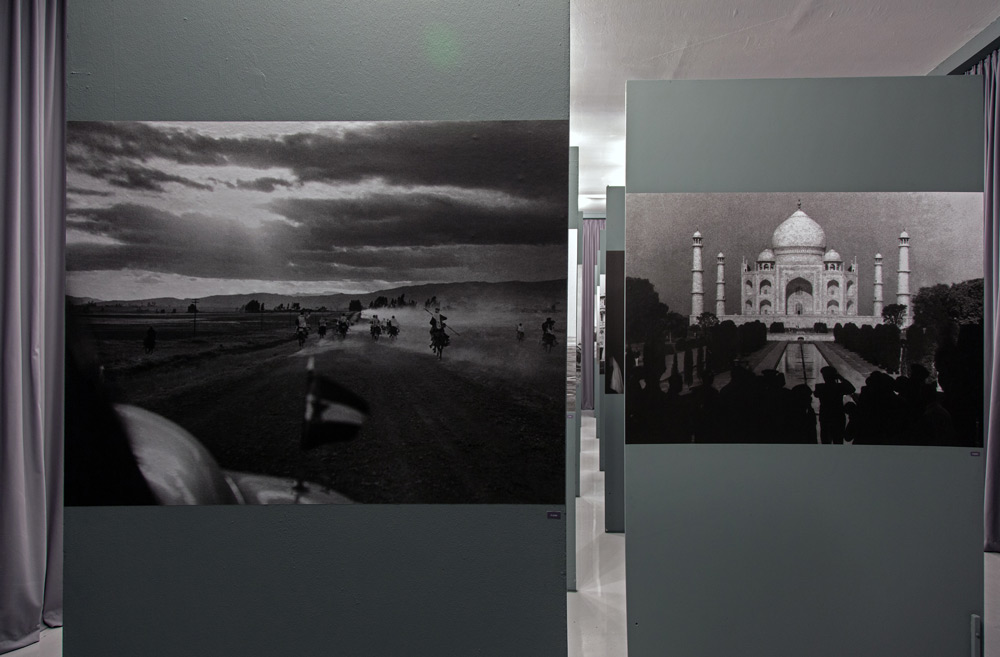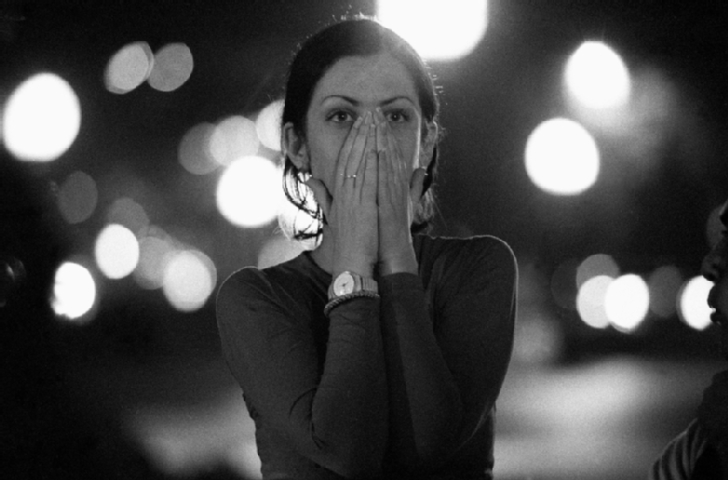whitespace artist, Vesna Pavlovic has been busy these past few months – with a recent installation, Real Images, at Seed Space in Nashville, Spectator Sports, at the Museum of Contemporary Photography in Chicago, and a solo exhibition, Reflections on Images at the Salon of the Museum of Contemporary Art in Belgrade Pavlovic is making a name for herself, both nationally and internationally. Despite her busy schedule, we caught up with Vesna to learn about her recent projects:
whitespace: Can you tell us a bit more about your recent exhibitions at Seed Space in Nashville and the Salon of the Museum of Contemporary Art in Belgrade? How are the works in these shows connected to your earlier work?
Vesna Pavlovic: Real Images, presented earlier this year at the Seed Space in Nashville is a photographic installation which utilizes slide projections and various display surfaces to turn a flat two-dimensional photographic surface into a three-dimensional space, while testing our ability to recognize and perceive images. In this installation I used sandblasted and clear acrylic hemispheres as display structures for the projection of handmade photographic transparencies depicting tourist travels. The movement of the carousel and its sound suggested a strong presence of the photographic apparatus, as well as the sense of nostalgia hovering above the projected images. On occasional moments of blank white light, the audience is left bare to observe the technological apparatus that makes this theatrical experience become alive. Acrylic hemispheres function as lens which captures and transmits images. The construction of the space suggests the nature of travel as a highly constructed experience.
Reflections on Images, on view at the Salon of the Museum of Contemporary Art Belgrade, and curated by Branislav Dimitrijević, utilizes analog photographic technology to explore material properties of photographic imagery, presenting them as both transparent and opaque objects. The show includes two bodies of work, Search for Landscapes (2011), and Fototeka (2013), shown there for the first time. Both works use photographic archives of travel as their starting point.The first is a private archive of a single American family who traveled through the world’s exotic locations between 1960-80s. Second one is the visual record of Yugoslav president Josip Broz Tito’s career and his travels around former Yugoslavia and the world. I came across this public archive in the Museum of Yugoslav history in Belgrade. The archive’s purpose was to keep a personal record of the former President’s activities. What is fascinating about the archive is that it documents Tito’s public as well as private experiences while in office. This tension is central to the character of the archive’s photographic and historical representation and holds relationship to my prior work, which addresses the experience of history through the lens of photographic representation.Translation of both photographic archives poses a set of questions about tourist photography as a genre, and underscores the fragile distinction between private and public realm when it comes to such material.
In both exhibitions, I continue to address visual representations of various social groups and individuals, while pointing to the technological aspects of the photographic medium. While experimenting with display options, I interrogate the role of the photographer in the production and construction of images.
WS: You’re currently showing in a group exhibition at the Museum of Contemporary Photography entitled Spectator Sports, on view through July 2nd. What are the curatorial aims of this exhibition and how will your work tie in with these themes?
VP: Spectator Sports is a group exhibition, curated by Allison Grant, Assistant Curator at the Museum of Contemporary Photography. The exhibition explores the relationship between an athlete and a spectator with a particular focus on the spectator’s perspective. I am showing photographs from the Watching Project. In the period between 2002-2005, I created black and white photographs of people watching games ranging from local basketball events in Belgrade Serbia, to Sacramento Kings NBA audiences, and the games of the Olympic games in Athens, Greece, in 2004. These suspenseful portraits served as a visual symbol of identity, patriotism, love for the game, utopian idea of sport, and the spectacle. Through documenting various situations of absorbing a sporting event, the Watching project engaged a complex relationship between spectators and performers, the audience and the event itself, in live games or through mediated images.
WS: Congratulations on being honored with the Art Matters Foundation 2012 Grant! Can you tell us a little more about the objectives of the Art Matters Foundation as well as your plans for this grant?
VP: The Art Matters Foundation supports visual art projects which are experimental in nature. This is a nomination-only grant, so I was very fortunate to be asked to apply. I have received a support in the form of the fellowship for the ongoing work. I plan to continue working on the material from the Museum of Yugoslav History, as well as the the archive of the Serbian National Film Service. Both of these projects aim to investigate and cast a critical view on the history and memory of the post WWII Yugoslav history.
WS: Whitespace is thrilled to be hosting a solo show of your work at the end of this year. Can you give us a hint as to what we should expect to see and/or experience?
VP: Thank you, I look forward to showing my work in whitespace gallery! I plan to present the new work which continues to explore the archive of the Museum of Yugoslav History, including sound as an additional component in the installation. Besides the Museum’s archive, I am also looking into the Serbian Film News Service archives, considering objects such as vintage film reels as visual records of the former Yugoslav modernity.


